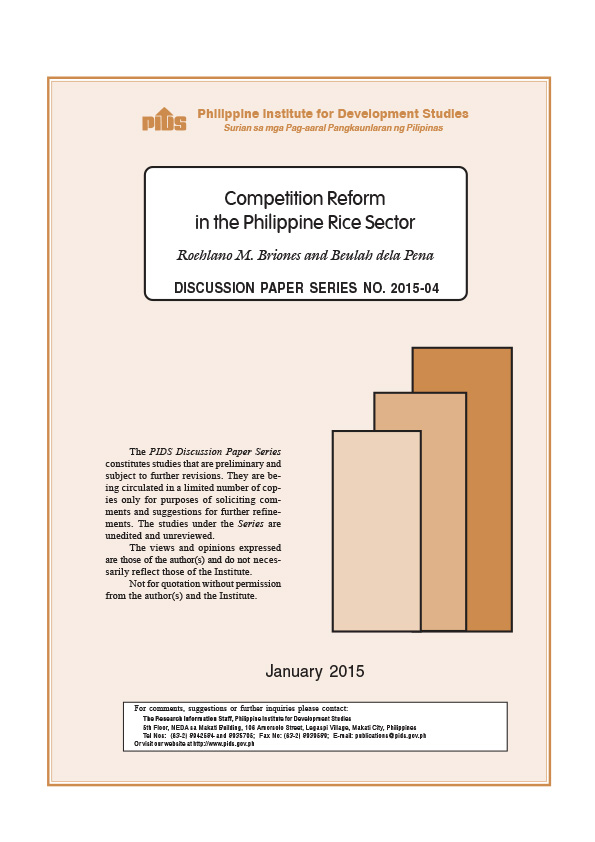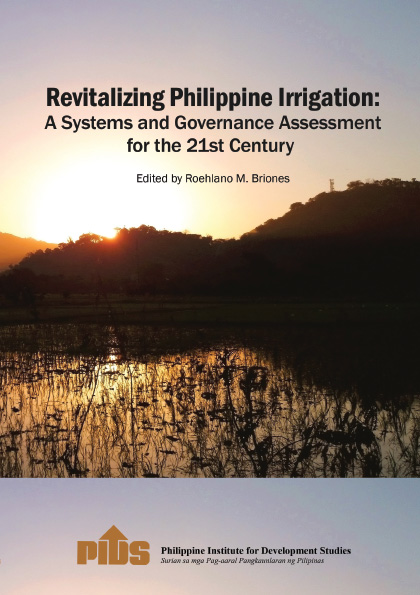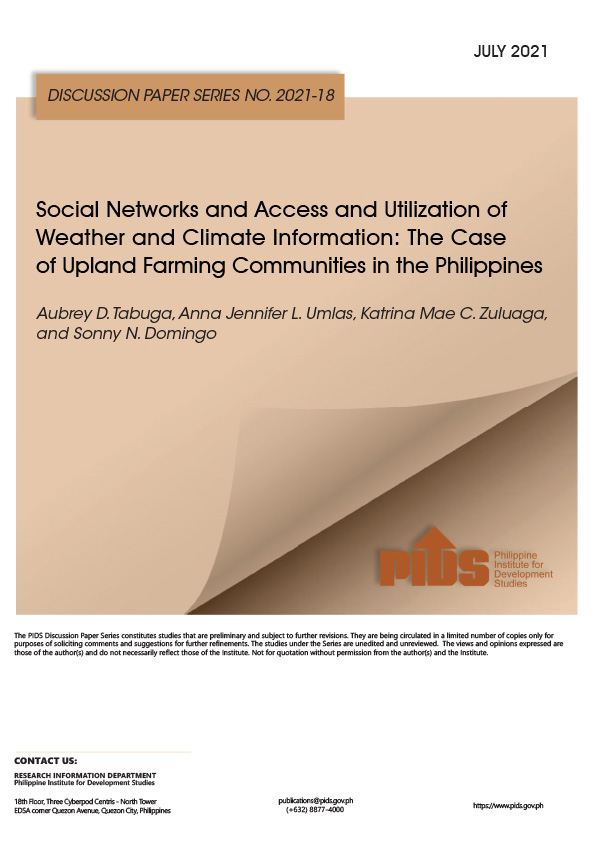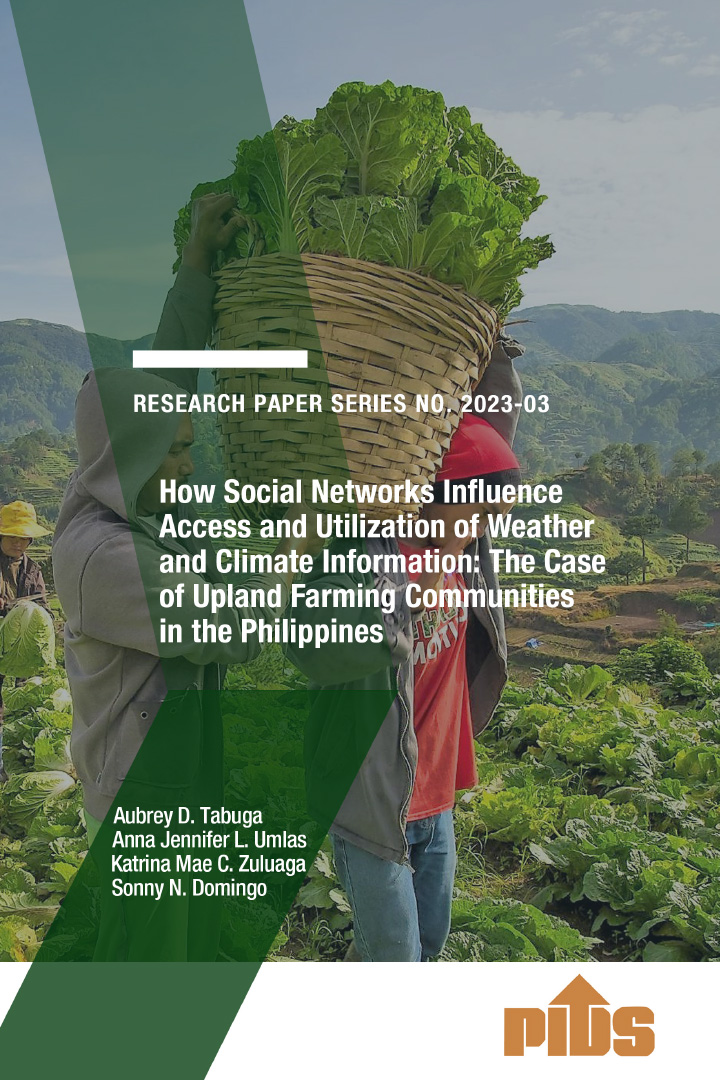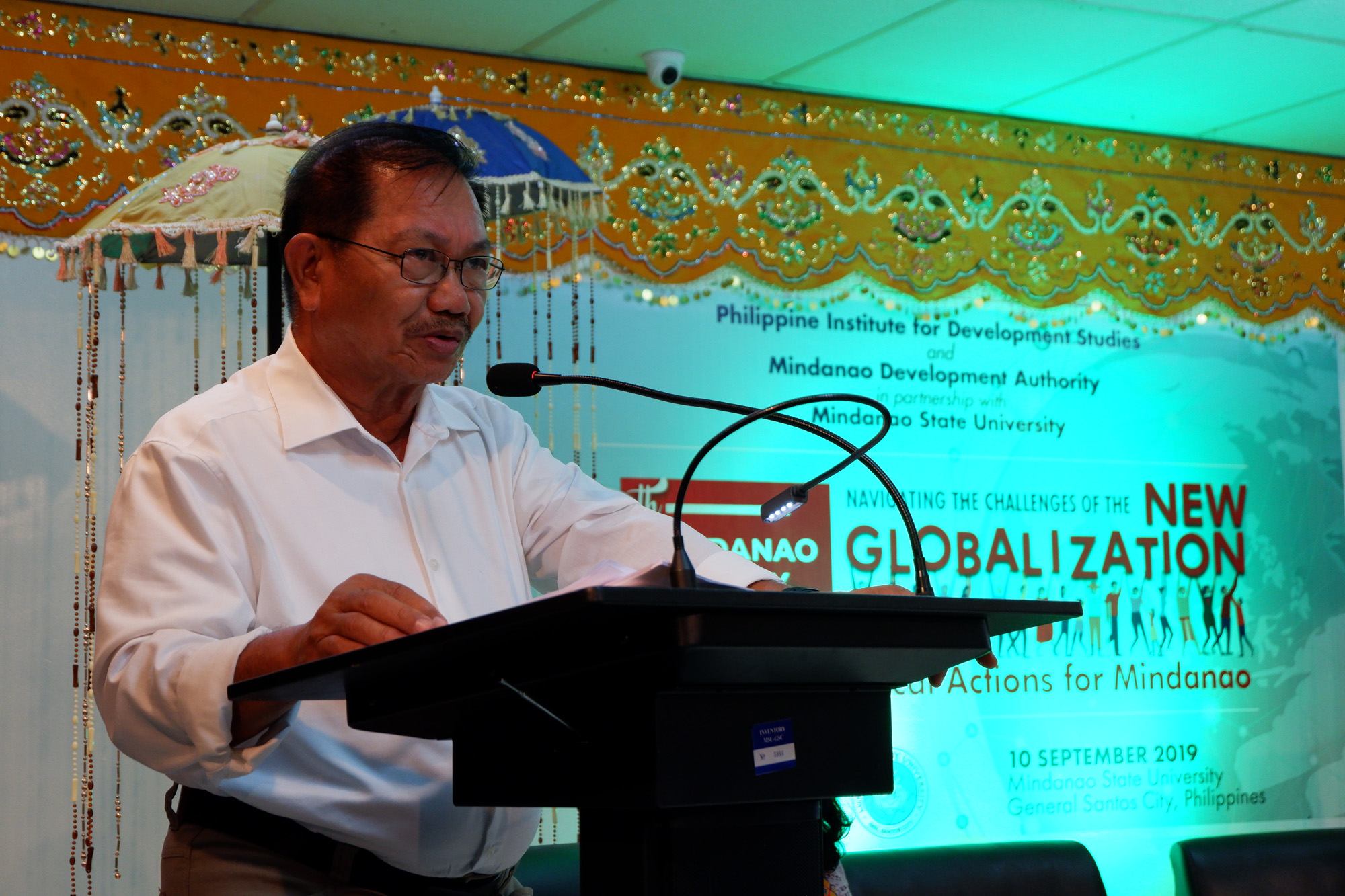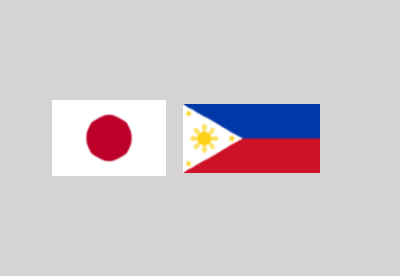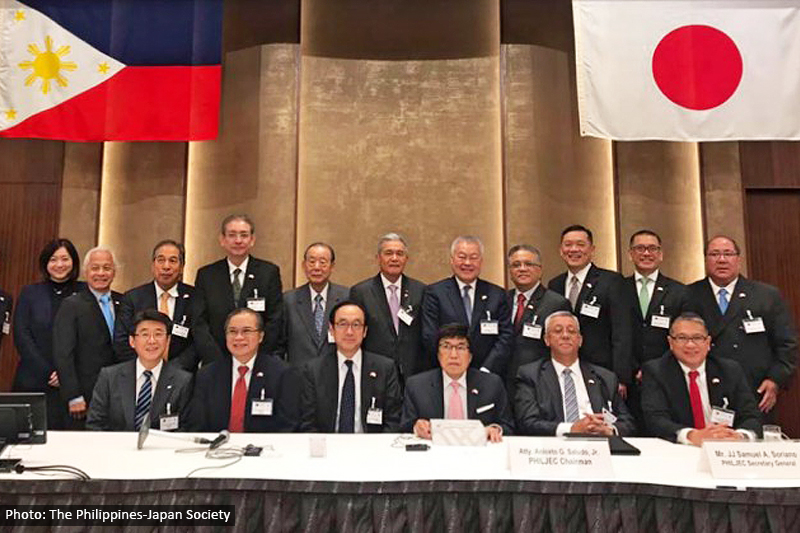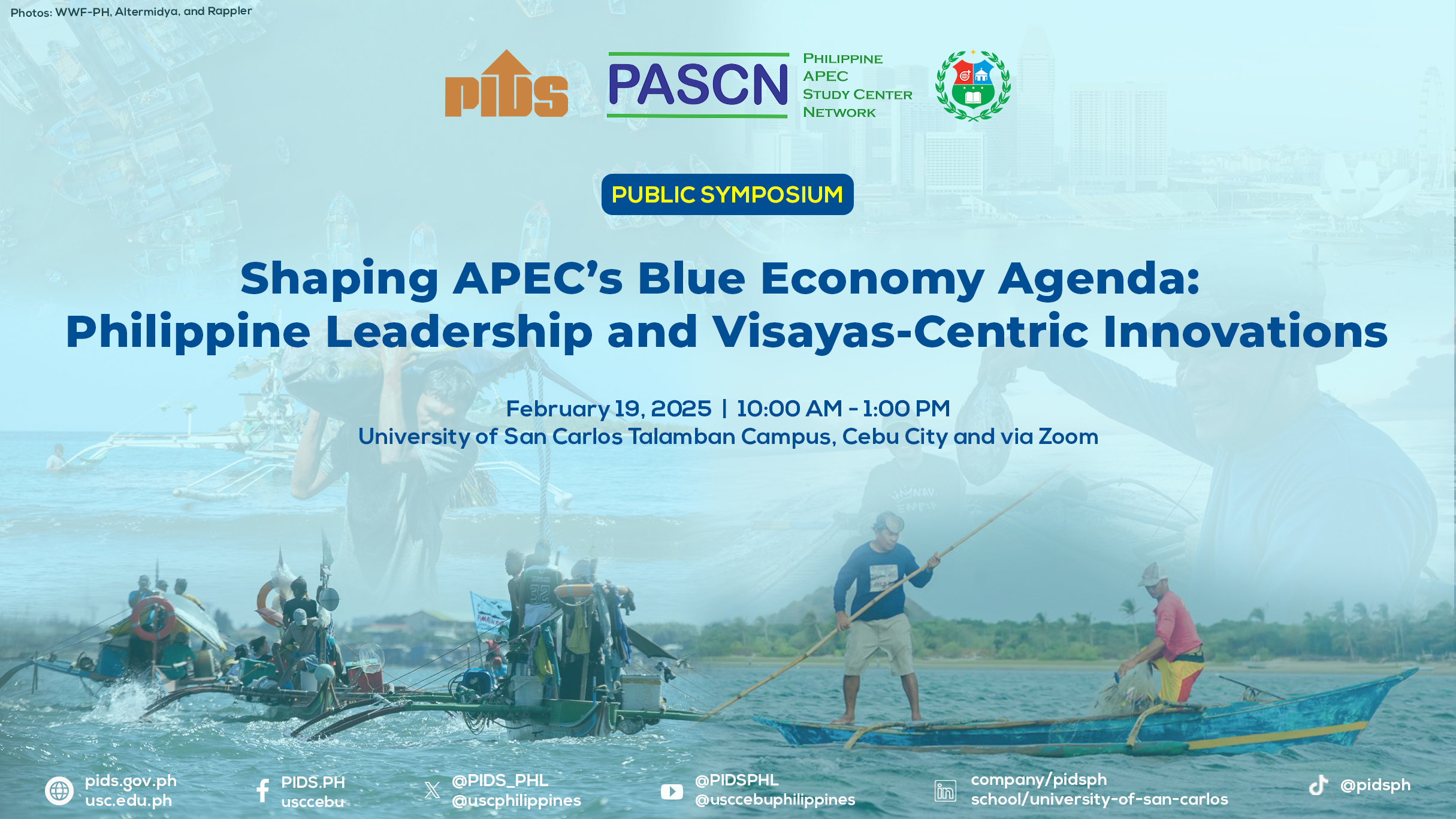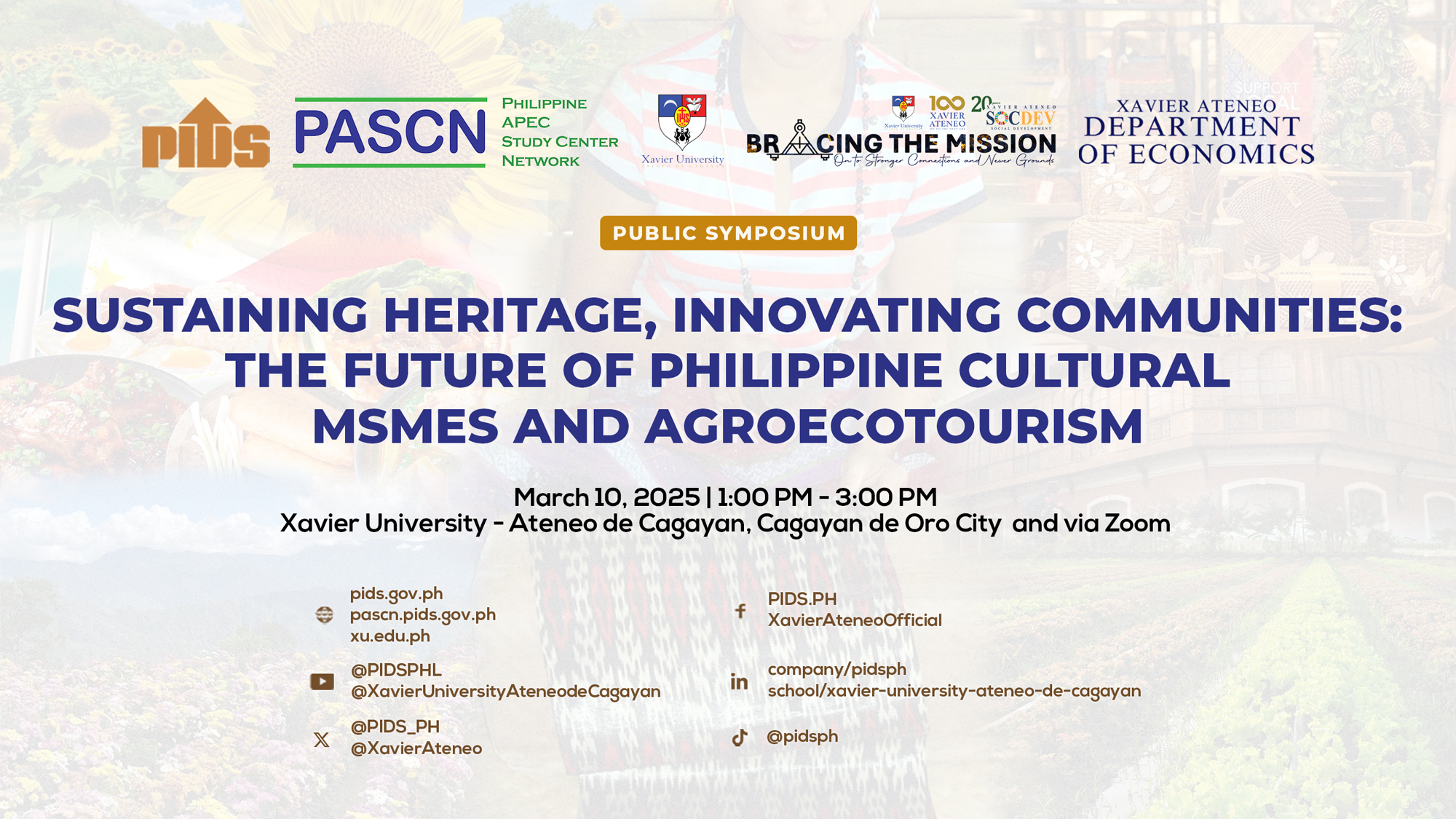The rice sector is regulated by the National Food Authority, with imports under a statutory monopoly. Consistent with previous studies done on the rice supply chain, a rapid appraisal finds that the domestic paddy and rice supply chain is highly competitive. Entry into import business is however severely curtailed. Welfare analysis indicates that in 2013, if quantitative restrictions were eliminated and rice imports were allowed to freely enter the country, rice imports would have increased tenfold, bringing down the retail price of rice to PHP 19.80/kg from PHP 33.08/kg. Consumer surplus would have increased by PHP 178 billion, compared to a PHP 34 billion reduction in producer surplus, for a net social benefit of PHP 138 billion. This paper recommends tariffication, i.e., liberalized importation policy with moderate tariffs.
Citations
This publication has been cited 6 times
- Maligalig, R., W. Umbeger, M. Demont, and A. Peralta. 2018. Farmer preferences for rice varietal trait improvements in Nueva Ecija, Philippines: A latent class cluster approach. 2018 Conference, Vancouver, British Columbia 277476, International Association of Agricultural Economists.
- Maligalig, Rio, Matty Demont, Wendy J. Umberger, and Alexandra Peralta. 2021. Understanding Filipino rice farmer preference heterogeneity for varietal trait improvements: A latent class analysis. Journal of Agricultural Economics, 72, no. 1, 134-157 . Wiley Blackwell.
- Ocampo, Karl. 2019. Speed up help to rice farmers, gov’t urged. Inquirer.
- Raul Montemayor . 2021. The real story of rice production in 2020. Inquirer.net.
- Raul Montemayor . 2021. The real story about rice production in 2020. Manila Times.
- Raul Montemayor . 2021. [ANALYSIS] The real story about rice production in 2020. Rappler.

